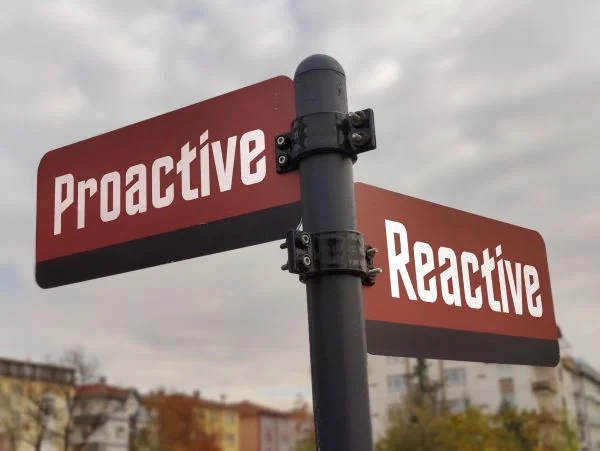Don’t Let Great Skills Walk Out the Door
To quote the trades, in the current employment front, it’s a sellers’ market. Now I wouldn’t go so far as to say that anyone who can fog a mirror can have the pick of jobs. But for employers trying to retain or acquire talent, they might find themselves in a bidding war. The talent acquisition situation has a degree of fever and enthusiasm that hasn’t been seen in years. This disequilibrium is causing headaches for hiring managers, talent development leaders, and succession stewards across most sectors.
The HBR article, Why Hiring During Covid Is Different Than in Previous Downturns, describes how today’s business environment is different. “In classical business cycles, the number of openings decrease and the number of applicants increase, or vice versa. But this crisis is one of disequilibrium and structural change. Some industries and firms are devastated while others thrive, are unaffected, or have been able to rebound exceptionally quickly. The job market is experiencing something resembling an accelerated rate of Schumpeterian creative destruction, with a high rate of jobs disappearing and reappearing at the same time, mixed with an unusual economic downturn.”
It is not too late to address potential challenges to your talent pool and to avoid reacting to surprises and competing priorities
One of the best ways to tackle the chaos of changing circumstances is what we call Situation Appraisal. This is a process for surfacing all key areas of concern: actions, decisions, problems, opportunities, and risks that are swirling around, by explicitly naming and describing them. This makes your thinking visible, makes it easier to ask for and receive effective input from others and supports collaboration by helping move everyone in the same direction.
Recently a busy HR executive I was working with was able to use Situation Appraisal to cope with a wide range of concerns and to set in place a succession and management pipeline program. The need to act was clear: he felt pulled in too many directions and recognized that whoever squeaked loudest was getting the most attention. Adding to the chaos, was the newly announced departure of a senior, high-potential leader. It was time to gain control, set some priorities, and proactively address the challenges of hiring and maintaining employees.
Major concerns included:
- Succession planning
- A new but not well-accepted high-potential employee program
- Definitional challenges regarding the difference between high potential and high performing employees
- Middle manager turnover in a key line of business
- Disruption of the college outreach program
- Ongoing renegotiation of a union contract involving thousands of employees and multiple sites
While nothing had been completely overlooked, he felt he was jumping from one emergency to the next, and his effectiveness and efficiency was sacrificed to busyness
He used Situation Appraisal to name and clearly described the major concerns listed and a dozen other concerns that he had responsibility, authority, and accountability for addressing. By seeing all these issues collectively, he was able to address them in terms of relative priority. The biggest, immediate concern was the departure of the senior, high-potential leader – a future CEO in the making. The HR executive was the point person for recovery on what was being positioned as an HR disaster. Other concerns in the mix could be evaluated after this issue was addressed.
Our executive began by articulating two goals – to keep the high-potential leader in the business and to limit the long-term impact if he departed. From these goals he planned clear actions. In the first case a strategy was developed for retaining the high potential leader and demonstrating to the leadership team that visible, intentional, targeted actions were underway. The second goal—limiting the unwanted but potential impact of the leader’s departure—required focusing on the most significant potential problems that could arise as well as exploring any potential opportunities that his departure presented. Now that there were clear and actionable priorities, the road to recovery was clear and the potential for disaster was being mitigated. Getting past this fire drill would lay the groundwork for a more robust succession and pipeline management process that could weather disequilibrium in talent retention and acquisition.
While employers might not be able to stop a key employee from walking out the door, they can ensure that it will not be a crippling blow. In this chaotic and volatile employment landscape, the ability to make thinking visible, determine priority, and take meaningful action is not only a useful it’s an outright necessity.
About Kepner-Tregoe
Kepner-Tregoe takes a unique approach to solving problems by providing guidance and tools that empower companies to sustainably resolve their own issues. This approach is data-driven, people centric and scalable, driving teams toward a common goal. Our clients work across Operations, Manufacturing, IT Service Management, Technical Support, and Learning & Development. Our approach delivers measurable results to any company looking to improve quality and effectiveness while reducing overall costs. KT empowers teams to solve problems today, tomorrow and always.



